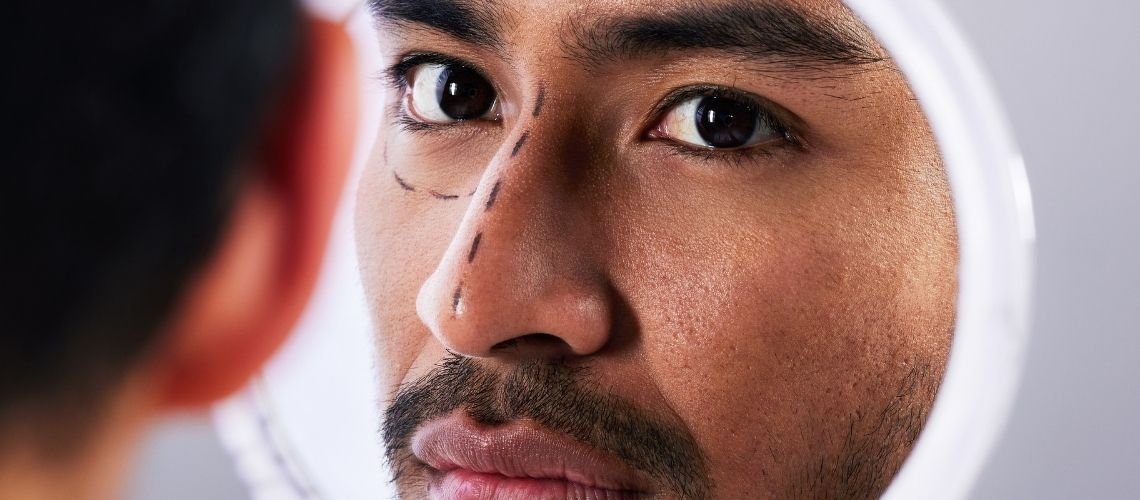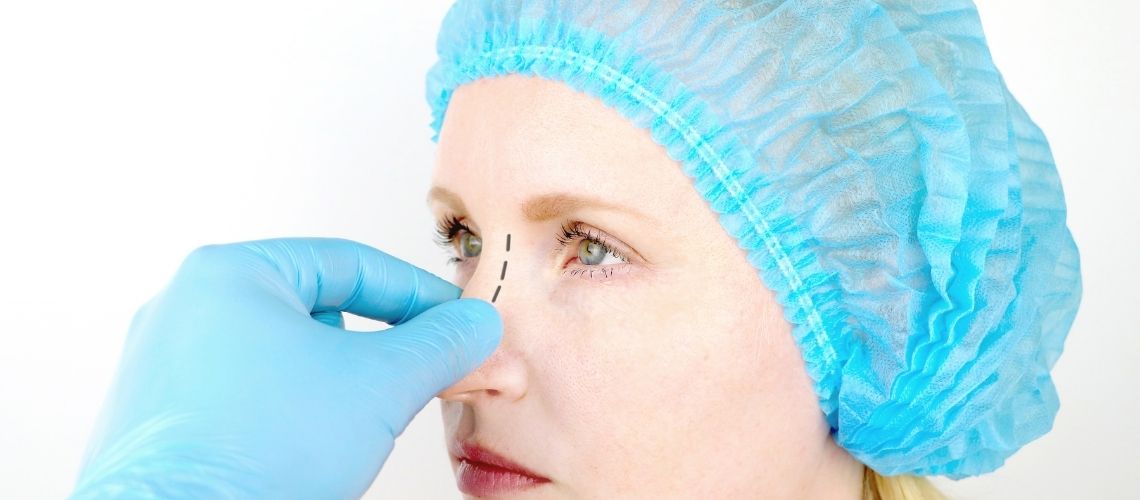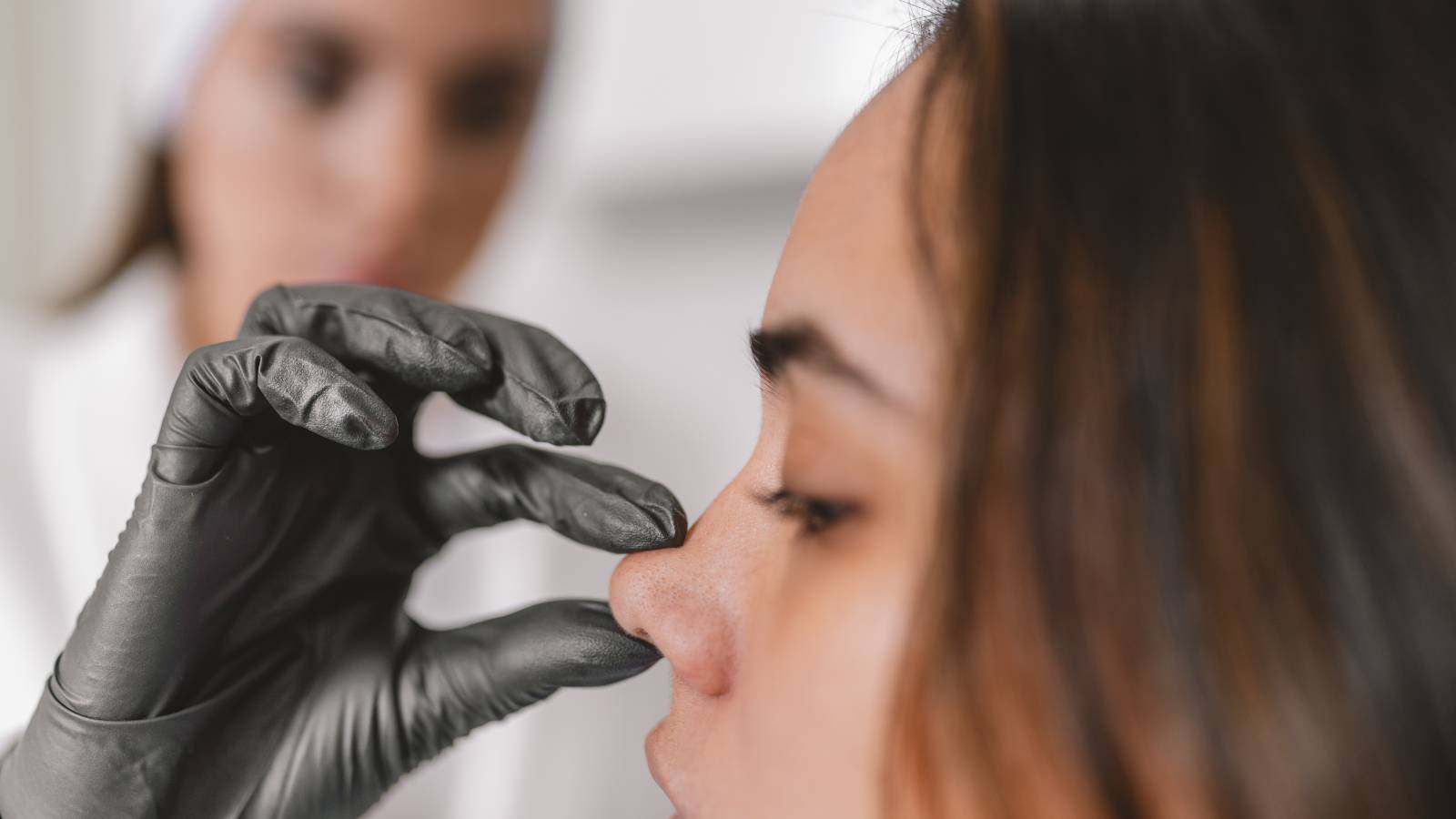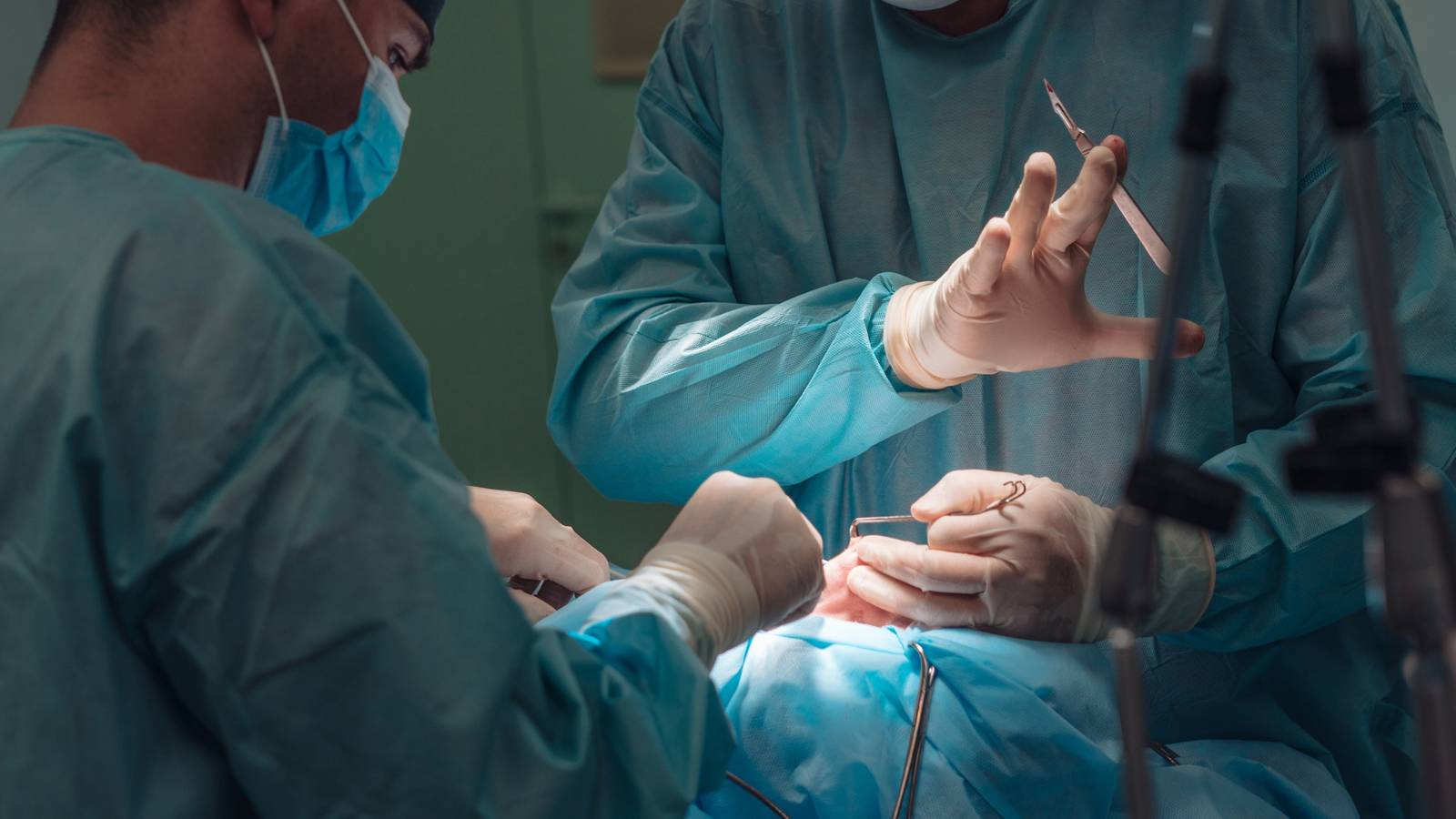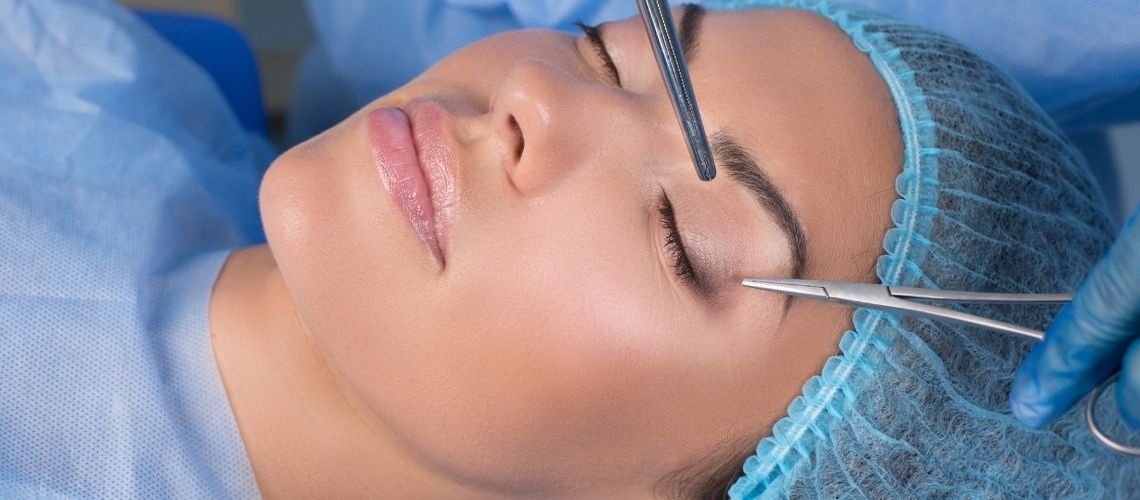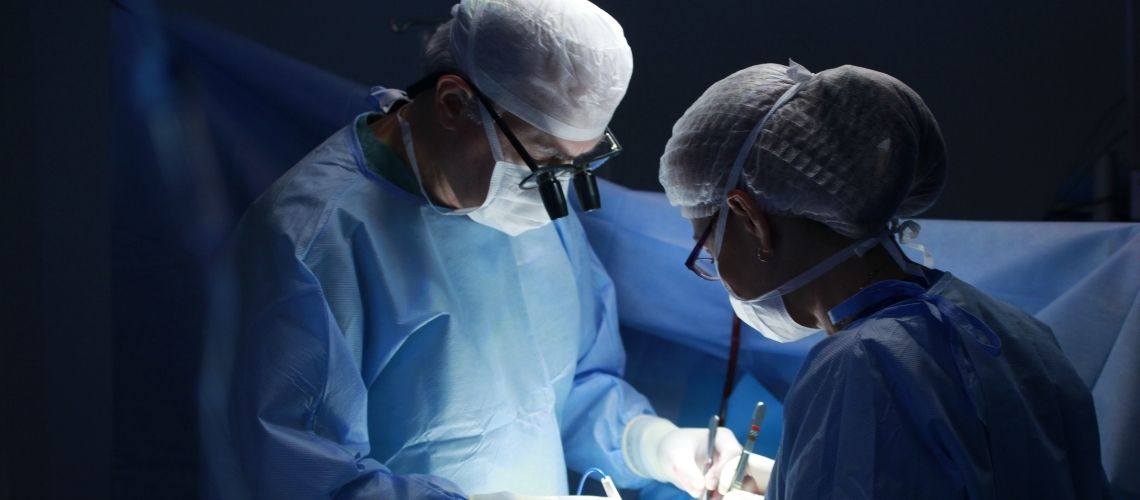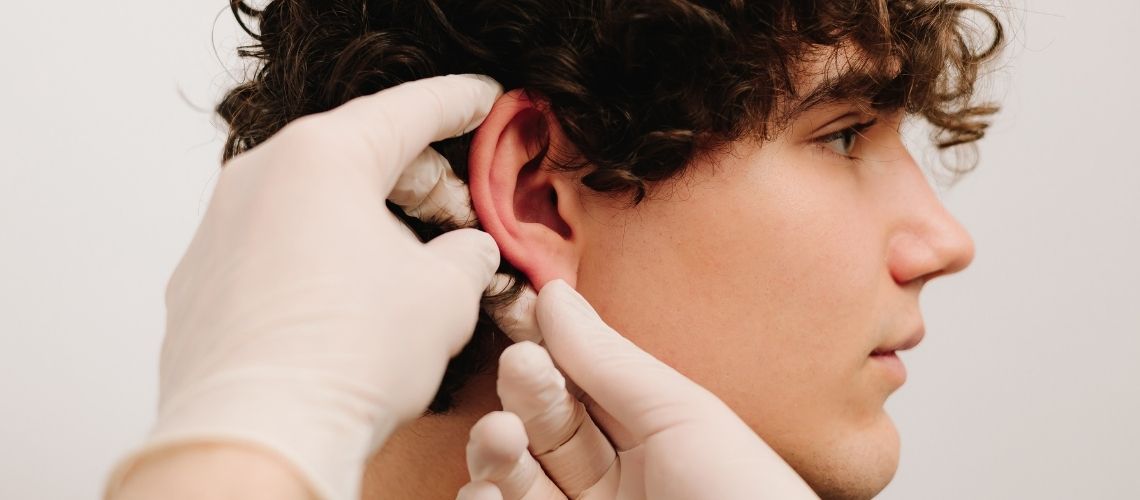Rhinoplasty surgery is a personal and unique process. It is planned specifically according to each individual’s needs and expectations. Therefore, there are many factors that determine the cost of this operation. Among these, the experience and expertise of the surgeon hold an important place. Additionally, the complexity of the surgery and the techniques used are elements that affect prices. The choice of hospital and geographical location also have a direct impact on the cost. The type of anesthesia and postoperative requirements should also be considered. Factors such as the patient’s age and health condition can also change the cost.
What is the Effect of Surgery Complexity on Rhinoplasty Costs?
Rhinoplasty surgery costs are significantly influenced by the complexity of the operation. Revision surgeries can be more challenging than the initial operation and usually result in higher costs. When issues from the first surgery need to be corrected, the difficulties faced by the surgeon increase.
Some specific problems in the nasal structure also impact the pricing factors:
- Nasal hump
- Nasal deviation
Such problems increase the duration and complexity of the surgery, thereby raising the cost of the operation.
Correcting functional problems is also an important cost factor. Conditions such as difficulty in breathing expand the scope of the surgical procedure and require more time. This is another factor that generally increases the cost of the surgery.
As a result, these complex situations affecting rhinoplasty prices determine the variety of techniques the surgeon will apply and the extent of the operation. Each factor should be considered in cost calculations.
| Type of Rhinoplasty | Average Price (in Euros) |
| Cosmetic Rhinoplasty (Full Nose Reshaping) | 12,000€ |
| Tip Rhinoplasty (Nose Tip Correction) | 6,400€ |
| Septo-Rhinoplasty (Septum + Cosmetic) | 14,000€ |
| Ethnic Rhinoplasty | 12,800€ |
| Functional Rhinoplasty (Breathing Improvement) | 11,200€ |
| Revision Rhinoplasty (Corrective) | 20,000€ |
| Alar Base Reduction (Nostril Width Reduction) | 7,200€ |
How Does the Choice of Hospital and Clinic Affect Rhinoplasty Costs?
The cost of rhinoplasty surgeries may vary depending on the location of the chosen healthcare facility. Hospitals located in major metropolitan areas usually offer higher prices. This is due to the higher living costs and operational expenses in big cities. Additionally, hospitals in these areas tend to offer comprehensive healthcare services.
Hospital Equipment:
- Technologically advanced equipment
- Access to modern treatment methods
- High-quality service provision
Such hospitals are known for their high-standard services and thus can increase the prices. Especially surgeries performed using the latest technology devices provide more successful results but also raise the cost.
Clinic or Private Practice:
- Usually lower costs compared to hospitals
- Limited treatment options and service range
Private clinics can reduce costs due to their less complex structures. However, these institutions may offer a narrower range of healthcare services compared to general hospitals. Nevertheless, they can be a suitable alternative if they have sufficient equipment for a specific surgery like rhinoplasty. These places stand out with their personal attention and customized service approach.
Which Techniques and Materials Affect Rhinoplasty Costs?
The methods used in rhinoplasty operations directly affect the quality of results and the cost of the operation. The technique preferred during the operation varies depending on the surgeon’s requirements and the patient’s nasal structure. Open rhinoplasty techniques, in particular, are preferred for complex situations as they provide extensive access. This extensive access allows the surgeon to make detailed corrections. However, this method is generally more costly than closed rhinoplasty. Closed rhinoplasty is less invasive and usually completed in a shorter time, which can reduce the cost.
- Open Rhinoplasty: A high-cost technique preferred for more complex cases.
- Closed Rhinoplasty: Less invasive, generally more cost-effective.
The Piezo technique, which is a state-of-the-art method, offers the possibility to shape bone and cartilage structures with precision. This method is particularly preferred for corrections in bone structures and provides more precise results. However, due to its advanced technology, it can increase the cost.
- Piezo Technique: Used for precise corrections in bone structures, high cost.
The use of grafts is another factor that affects the cost. Cartilage or bone grafts are used to complete missing areas in the nasal structure. This is especially important in cases that require revision or structural support. The procurement and application of graft materials are among the factors that increase the total cost.
- Graft Usage: Cartilage or bone grafts for structural support, increases cost.
These techniques and materials are crucial elements that determine the cost of rhinoplasty operations. Each plays a critical role in the success of the operation and patient satisfaction.
How Does Geographical Location Affect Prices?
The pricing of rhinoplasty operations varies based on geographical location. Clinics located in large cities usually have higher costs. This is due to the high cost of living and higher rents in major cities. Especially in metropolitan areas, surgeons may have higher demand, leading to increased prices.
Regional Differences:
- Clinics in large cities generally have higher prices.
- Costs may be lower in rural areas or smaller cities.
The economic situation of the country also plays a decisive role in rhinoplasty prices. Economic stability levels, exchange rates, and inflation are economic factors that can affect the overall cost of healthcare services. In countries with higher inflation rates, the cost of medical supplies and operations can increase.
National Economy:
- Economic conditions, exchange rates, and inflation can affect prices.
- Economic stability directly impacts healthcare costs.
Each of these factors plays an important role in determining the final cost of rhinoplasty surgery. Therefore, geographical location and economic conditions should be carefully evaluated when planning for this operation.
| Country | Average Cost of Rhinoplasty (EUR) |
| United States | €10,000 – €16,000 |
| United Kingdom | €9,000 – €13,000 |
| Australia | €8,000 – €12,000 |
| Canada | €9,500 – €14,000 |
| Ireland | €7,000 – €11,000 |
| New Zealand | €8,500 – €13,000 |
How Do Postoperative Costs Affect the Surgery?
The costs that patients encounter after rhinoplasty surgery vary. In this process, follow-up examinations and medications hold an important place. Regular follow-up examinations required after the operation are a factor that increases the total cost. The frequency and duration of these visits vary depending on the complexity of the operation.
- Follow-Up Examinations: Conducted at periods determined by the surgeon to evaluate the success of the surgery.
- Medications: Usually include pain relievers and antibiotics. These medications are prescribed to reduce the risk of infection and provide pain control.
Additionally, complications that may arise after the surgery can lead to additional costs. Although such situations are rare, they require additional treatment and interventions. The necessary interventions vary depending on the type of complications and can significantly affect the total cost.
- Possible Complications: May include infection, bleeding, or dissatisfaction with aesthetic expectations.
As a result, the costs encountered after rhinoplasty surgery depend on various factors that the patient cannot foresee initially. These factors are necessary to optimize the patient’s health and surgical outcomes.
How Do the Experience and Expertise of the Surgeon Affect Costs?
The experience of the surgeon in rhinoplasty operations is a factor that significantly influences success for patients. The accumulated experience over many years increases the surgeon’s capacity to manage the challenges they may encounter. This experience usually leads to increased prices because experienced surgeons can handle even more complex situations.
Years of Experience:
- Surgeons with many years of practice gain extensive knowledge by working on various nasal shapes and structures.
- The ability to manage complex cases is the most valuable tool of an experienced surgeon.
Specialization Areas:
- Surgeons can develop special techniques to provide aesthetic and functional improvements.
- Specializing in certain nasal types distinguishes these surgeons from others and can affect prices.
Certificates and Awards:
- National and international certificates demonstrate the surgeon’s expertise in their field.
- Awards and recognition increase the surgeon’s market value, which reflects in operation prices.
As a result, the experience and specialization areas of the surgeon directly affect the cost of rhinoplasty operations. This is a critical detail that potential patients should consider when choosing a surgeon.
How Do Additional Services Affect Rhinoplasty Prices?
Additional services in the rhinoplasty process are also important factors that determine the cost. Particularly, the 3D simulation service allows the patient to see what their appearance will be like before the operation. With this technology, patients can express their expectations more clearly. However, this service usually requires an extra fee. This additional cost varies depending on the quality of the software and equipment used.
- 3D Simulation: Visualization of the pre-surgery appearance in a computer environment.
On the other hand, accommodation facilities are also provided for patients coming from out of town. This situation can increase the total cost as it depends on the duration of the patient’s stay and the quality of the hotel chosen.
- Accommodation: Accommodation services provided for patients coming from out of town.
Both of these additional services can significantly affect the total rhinoplasty cost. Each service is shaped according to the patient’s budget and preferences. Therefore
, these types of additional services should be considered in cost calculations.
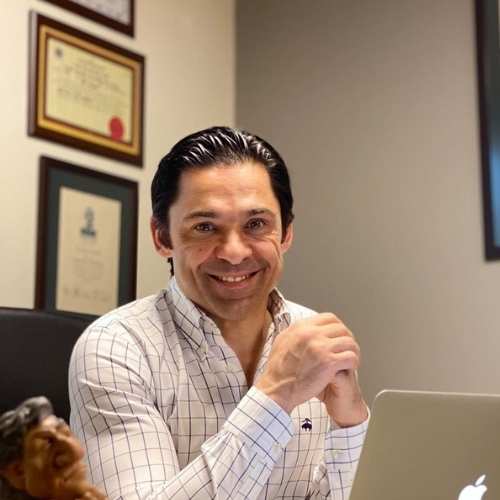
Op. Dr. Alev Camcıoğlu was born in Kırcaali in 1975. After attending Saint Michel French High School, he graduated from Kocaeli University Faculty of Medicine in 2001. After completing his specialization in Ear, Nose and Throat and Head-Neck Surgery in 2008, he fulfilled his compulsory service in various provinces and carried out his military service at the General Staff Headquarters. He worked at Istanbul Hospital and Nişantaşı Hospitals. Currently, he provides nasal aesthetics services at his private clinic in Istanbul Nişantaşı.


